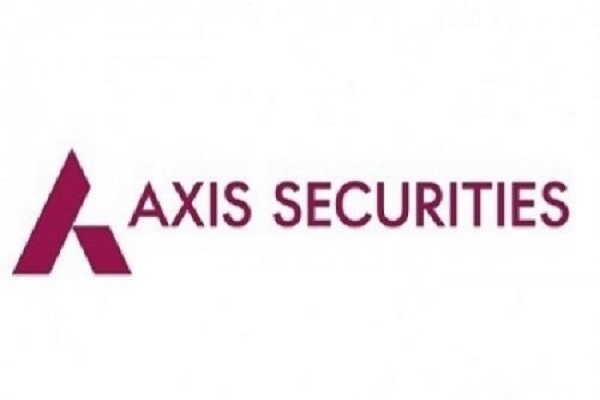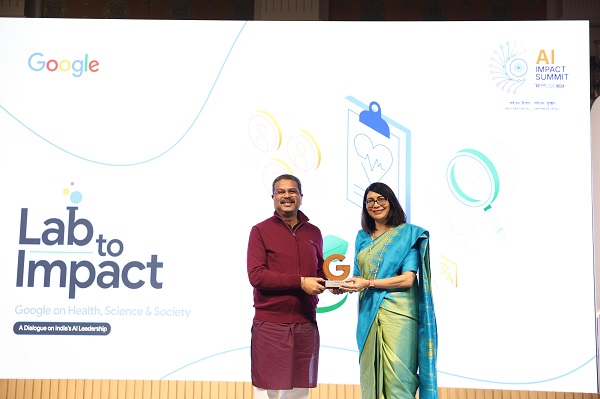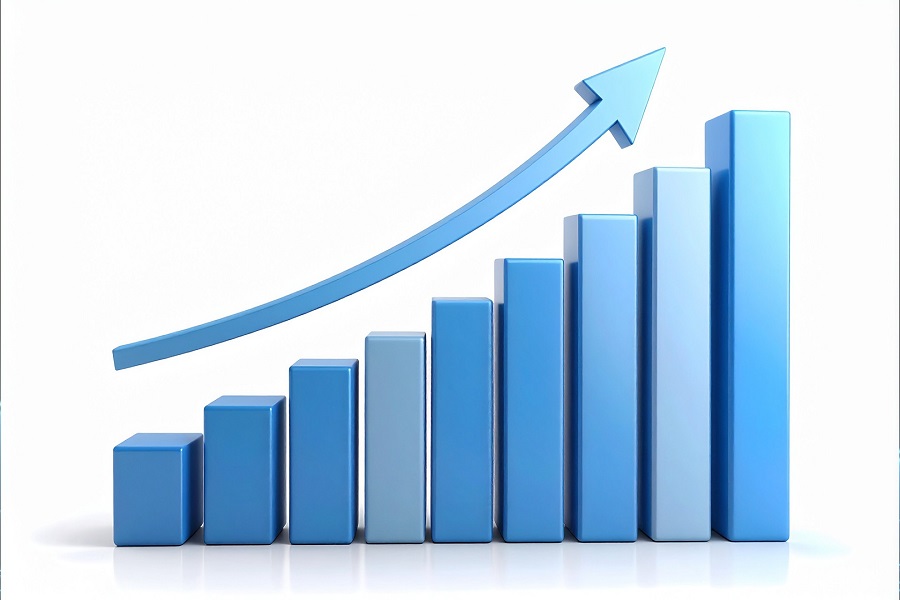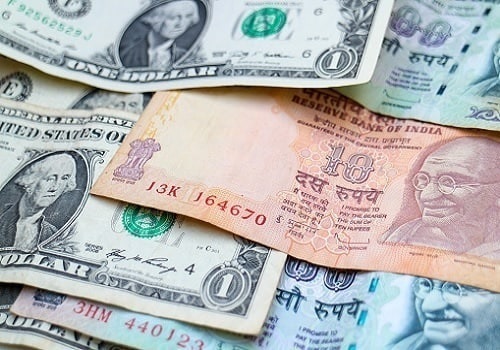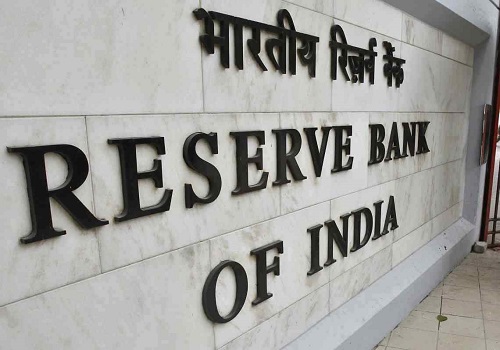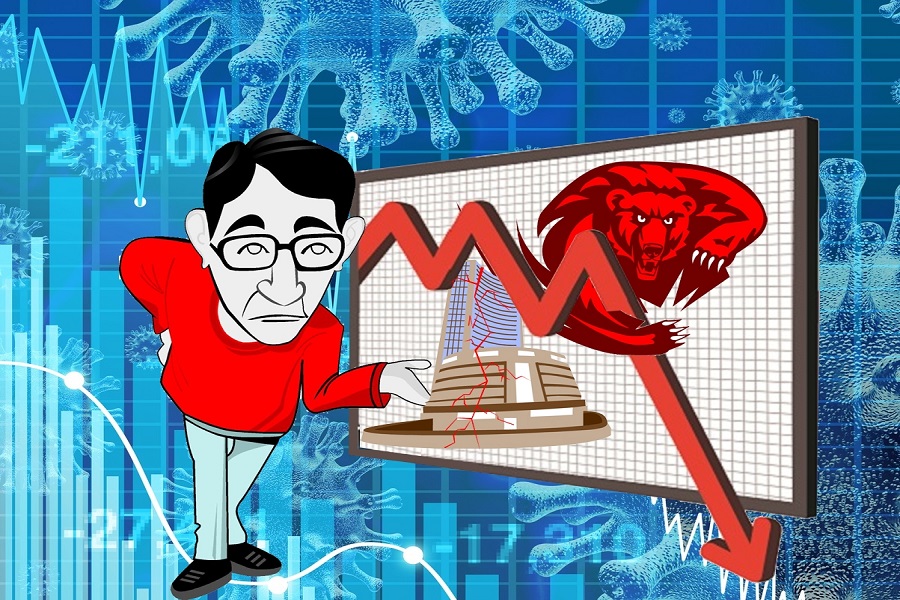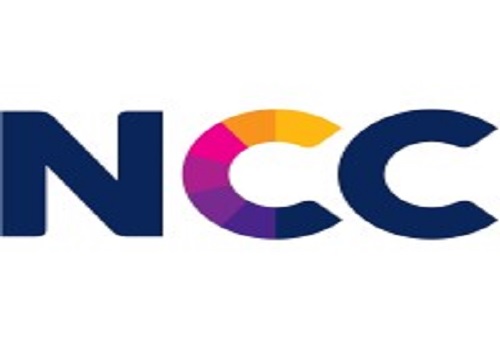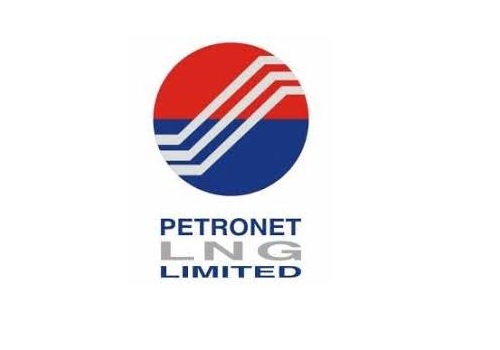Company Update : National Stock Exchange of India Limited by JM Financial Services Ltd

Capitalising on the India growth story
Over the last decade, the market capitalisation (Mcap) of Indian companies has risen ~11% CAGR to ~USD 3.5trln; Cash equities / futures / options segment volume has grown at 16%/ 15%/ 64% CAGR respectively. Capital market penetration will continue to rise, aided by structural tailwinds such as a) Strong GDP growth (pegged at ~6% in the next few years), b) Financialisation of savings (equity investing picking up, currently ~8% of savings), c) Discount brokers driving higher retail participation, and d) Increased market depth via regulatory push (slashing promoter holding). International peer comparisons of Mcap / GDP (India at 93% vs 183% of US) and turnover / Mcap (India at 50% vs US at 148%) imply a further upside to India’s capital markets. NSE dominates India’s two-player capital markets, with cash / derivative market share at 93% / 100% respectively. It is the largest derivatives exchange globally and amongst the top five in cash equities. NSE’s revenue / PAT has grown at ~25% / ~27% CAGR over the last decade to INR 119bn / INR 75bn and return ratios are best-in-class (37% RoE; above 31% / 24% of global players like SGX / HKEX). In FY23, it paid a record INR 80 per share as dividend implying 53% payout ratio. Globally, exchanges remain FCF-generating companies and trade at 20-25x P/E (1-year forward; HKEX at significant premium).
* Market capitalisation to grow faster than economy with structural enablers in place: India is now a US 3+ tn economy. GDP grew at c.6.4% over the past decade, making India one of the world’s fastest-growing large economies, and it is poised to grow by ~6% over the next 5 years. In comparison, India’s market capitalisation grew at ~11% over CY12-CYTD23, much faster than GDP, facilitated by financialisation of savings, new tech enablers (fintech / discount brokers) and improved retail participation (SIP culture / demat a/cs at a record ~115mn). Retail & HNI participation is now 69% of NSE’s cash market turnover as compared to 58% in FY16. The total market cap of companies in India stands at US3.5tn (as on 30th June’23), with indicators such as Mcap / GDP ratio (India at 93% vs 183% of US) and turnover to Mcap (India at 50% vs US at 148%) pointing towards a long growth runway.
* NSE – best placed to capitalise on India growth story: NSE commands a lion’s share of India’s two-player capital markets, with cash/derivative market share at 93% / 100% respectively. It is the largest derivatives exchange globally and amongst the top five in the cash equities segment. NSE’s active client base registered a multifold jump over the last decade, growing at 26% CAGR over the last decade to 33mn. During the same period, revenue / PAT has grown at a robust ~25% / ~27% CAGR to INR 119bn / INR 75bn with best-in-class return ratios, at 37% RoE, above global players such as SGX and HKEX at 31% and 24% respectively. NSE’s dividend payout stood at a record INR 80 per share implying a payout ratio of 53% for FY23. The exchange reported a strong balance sheet cash & cash equivalent position of INR 221bn, with record SGF funds of ~INR 50bn (Settlement Guarantee Fund – for exigencies). With co-location litigation heading towards its logical conclusion, NSE is now on a strong footing.
To Read Complete Report & Disclaimer Click Here
Please refer disclaimer at https://www.jmfl.com/disclaimer
SEBI Registration Number is INM000010361
Above views are of the author and not of the website kindly read disclaimer
